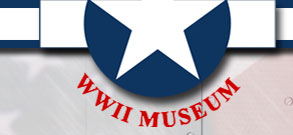The design of the World War II
jeep was the result of a long process,
involving the contributions of both U.S.
military officers and civilian engineers,
the latter mostly tied to three companies:
Bantam, Willys and Ford, and has repeatedly been
called a design by committee. In fall 1941,
Lt. E.P. Hogan of the U.S. Quartermaster Corps
wrote: "Credit for the original design of the
Army's truck 1⁄4-ton, 4x4, may not be claimed by
any single individual or manufacturer. This vehicle
is the result of much research and many tests."
Hogan credited both military and civilian engineers,
especially those working at the Holabird
Quartermaster Depot. The first jeep prototype was
built for the Department of the Army by American
Bantam in Butler, Pennsylvania.
By October 1941, it became apparent
Willys-Overland could not keep up with the
production demand and Ford was contracted
to produce them as well – exactly according
to Willys blueprints, drawings,
specifications and patents. The Ford car was
then designated GPW, with the "W" referring
to the "Willys" licensed design. During
World War II, Willys produced 363,000 Jeeps
and Ford some 280,000. Ford and Willys
faithfully produced jeeps with fully
interchangeable parts and components.






